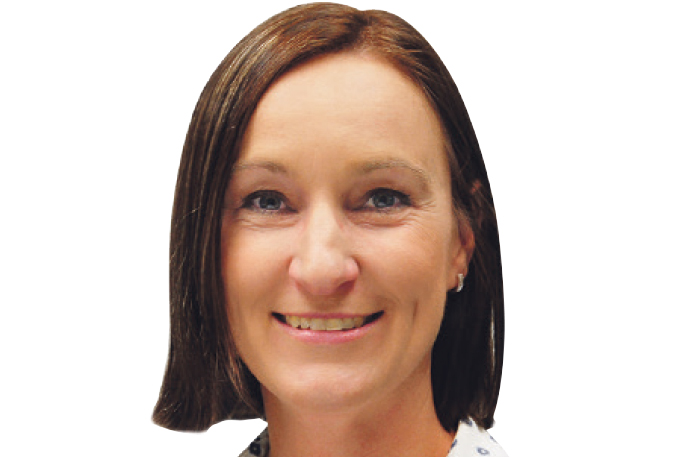Farmers can kick-start their Farm Environment Plan by attending one of several workshops on offer via Beef+Lamb New Zealand in coming months around the mid-North Island.
The B+LNZworkshops begin with a general overview of factors that need to be considered – land use, strengths and weaknesses of the land and soil, nutrient budgets and environment objectives – before getting down to specifics, says B+LNZ’s North Island extension manager Maria Shanks.
“The focus isn’t on compliance, rather the workshops are about getting farmers started on their farm environment plan journey.”
Attendees bring their own farm maps, and with only 15 or so people at each workshop, it is really hands-on, says Maria.
“Basically, farmers take a stocktake of the land classes on their property, soil and water resources, risk areas, and they will come away with the start of a written plan.
“By the end of the day-long session, most people have 50-60 per cent of their plan done.”
Katikati farmer Rick Burke has had a FEP for 20 years, and reckons its one of the best investments he’s made.
“What turned a light on for me was when I saw the numbers around sediment from our property making its way out to the harbour. As a keen fisherman and surfer, I’m passionate about clean waterways,” says Rick.
Working in consultation with Bay of Plenty Regional Council, a plan was developed, which focused on infrastructure development like riparian planting, fencing waterways and protecting wetlands on the property.
They got runs on the board quickly, and within three years, analysis showed sediment loss had reduced drastically, and there was also a positive effect on fish and invertebrate health in the farm’s waterways.
The planning process identified that 20 per cent of the land wasn’t viable for farming, so it was retired and is now planted in production trees, natives and wetlands, says Rick.
His FEP has also had a big impact on how fertiliser is used on the property eh runs.
“Before we were putting fertiliser on the whole farm, and now we just put it where it’s needed. “We’re applying the same amount of fertiliser – just to a smaller area, and now we’re now growing an extra 3-4t DM/ha.”
Rick believes the changes made to their farming system as a result of the farm environment plan have made a huge contribution to the significant increase in profitability since 2000, when the economic farm surplus was around $300/ha, to around $1000/ha now.
“The process isn’t a sprint, it’s a marathon. Twenty years on we are still making changes.”
Bur Rick says plan provided the impetus to redesign how they did things, and has taken the farm to the next level. “An FEP plan unlocks opportunities to do things better.”
Seven FEP workshops are planned in the mid-North Island, and more may be added depending on demand. They are: Te Kuiti on February 6, Wharepuhunga on February 13, Te Waitere on February 25, Raglan on March 5, Awakino on March 6, Coromandel on April 11 and Te Puke on April 12. For more information, see: https://beeflambnz.com/event



0 Comments
Leave a Comment